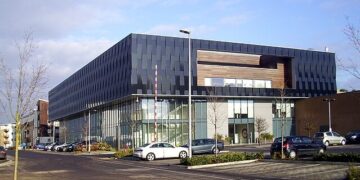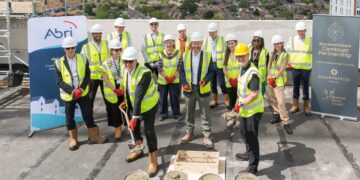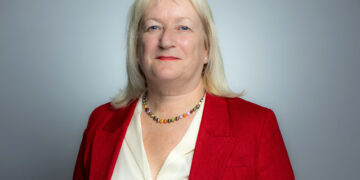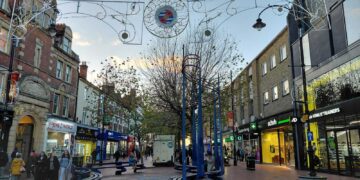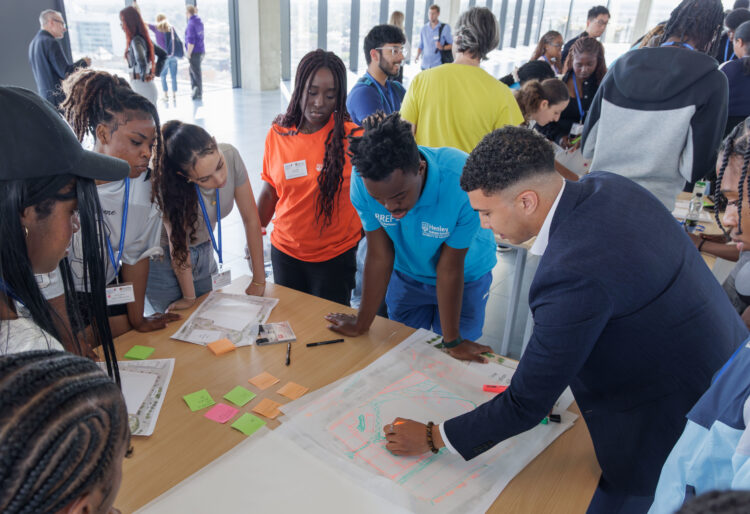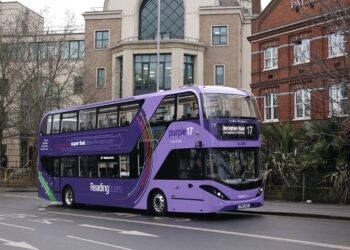STATION Hill, the £850m landmark mixed-use development in Reading has proudly hosted 144 students for a third consecutive year as part of the ‘Pathways to Property’ summer school.
The programme is funded by the Reading Real Estate Foundation and led by the Henley Business School at the University of Reading.
The project works to open doors for students from underrepresented backgrounds, offering first-hand exposure to the wide range of career opportunities available in property and development.
Students visiting were given an exclusive, behind-the-scenes tour of the Station Hill development, including the build-to-rent Ebb & Flow development, the 275,000 sq ft Grade A ONE Station Hill office building, and the two acres of landscaped public spaces.
Participants also attended an in-depth presentation exploring the challenges and complexities of delivering multiple phases concurrently within a major regeneration scheme like Station Hill.
Students were invited to step into the developer’s shoes, taking inspiration from the spectacular 15th-floor views across Reading from ONE Station Hill and sharing creative ideas for possible future phases of the development.
The Station Hill project team, in collaboration with international architecture firm Gensler, has already begun reviewing the students’ innovative designs.
Leveraging AI technology, Gensler will transform one of these designs into an animated video, bringing the proposed development to life
This visual experience will not only showcase the students’ ideas but also highlight the powerful impact they could have by pursuing a career in real estate.
Students showed particular interest in the importance of the public realm and the significant investment in social infrastructure and landscaping, and many paused to take photos of Station Hill’s new public art trail.
The trail was created by local artists and representing a £1.5 million investment towards the regeneration and transformation of the town centre.
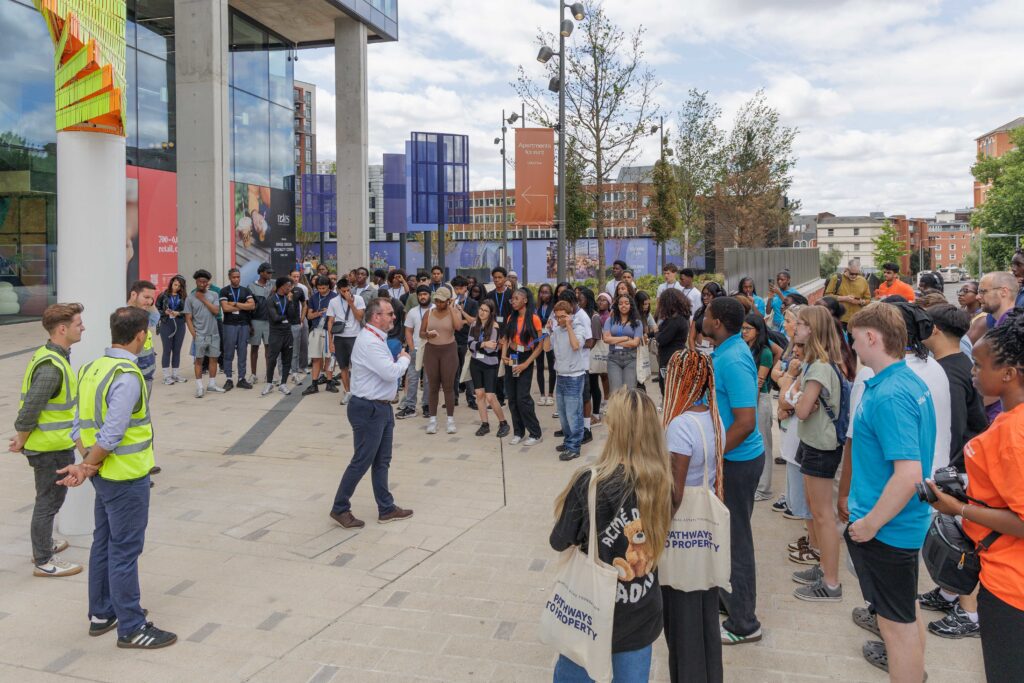
Lee Fearnhead, Director of Construction for UK & Europe at Lincoln Property Company, and on behalf of the Lincoln MGT JV, said: “It was a pleasure to invite such a talented and enthusiastic group of students to Station Hill.
“This is our third year hosting the Pathways to Property Summer School at the development and each year we have been blown away by the talent and imagination of these students, particularly when tasked to offer their own ideas for how the next phase of Station Hill might look.
“We remain committed to championing diversity and supporting young professionals as they explore careers in the real estate industry.
“We hope this experience has offered the students insights into the wide range of rewarding careers available in our industry, and perhaps even inspired some of them to become the next generation of property and construction professionals.”
Victor Nicholls, Lecturer in Development and Planning at Henley Business School and Academic lead for the Pathways to Property programme said: “It is brilliant to see so many students engaging in this year’s Pathways to Property summer school.
“The programme is so vital in ensuring talented students don’t miss out on the many opportunities available to them within the real estate sector.
“A huge ‘Thank You’ to the team at project team at Station Hill for being such a central part of our summer school project for the third year running.”
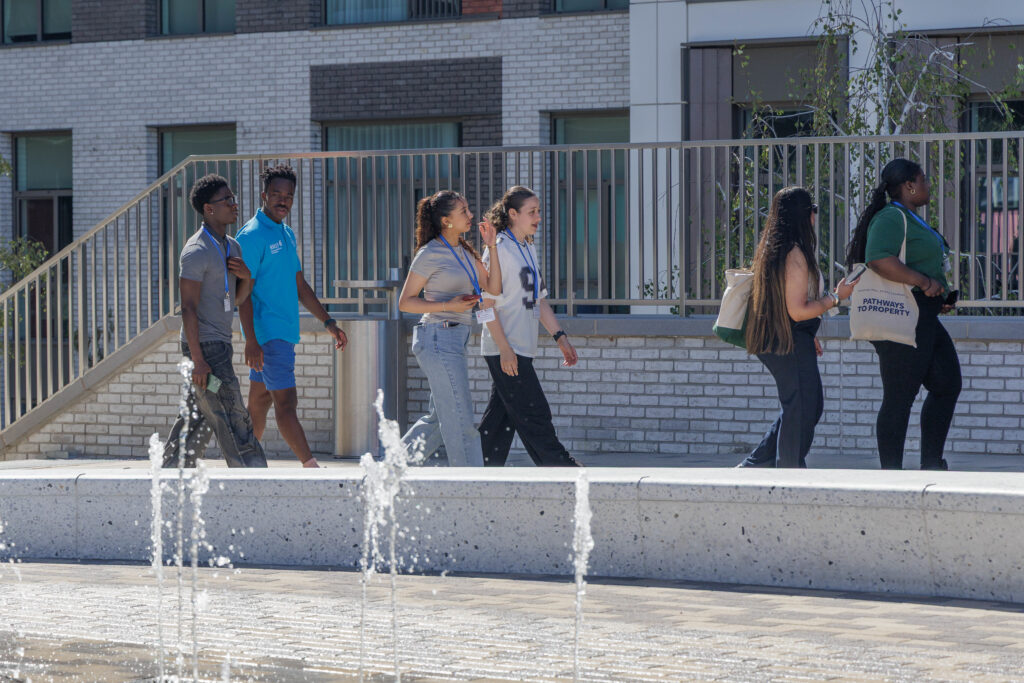
He explained: “This year was particularly special, with international architecture firm Gensler offering the students an opportunity to bring their vision for a development to life, using cutting-edge AI technology.
“We hope the summer school this year has inspired more young people to explore a career in this exciting industry.”
John Badman, Residential Leader at Gensler commented: “We are proud to support the Pathways to Property initiative, which this year has welcomed nearly 150 students to gain insight into the many exciting career opportunities available in the property sector.
“This year we harnessed Gensler’s strength in design innovation by using AI image-making to empower students to explore their creative potential.
“With the support of our team, students were able to visualise and generate imaginative concepts in just a matter of hours.
“We were delighted to see them interact with this technology and look forward to continuing to support the next generation of talent in the industry.”




